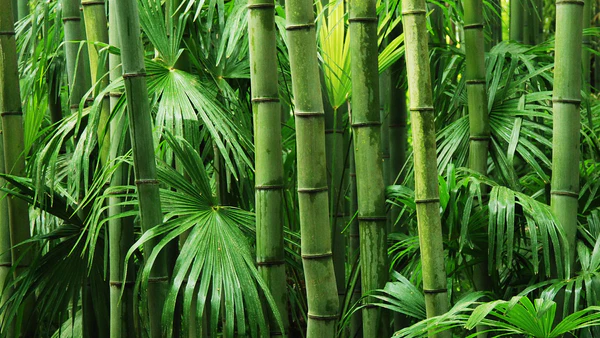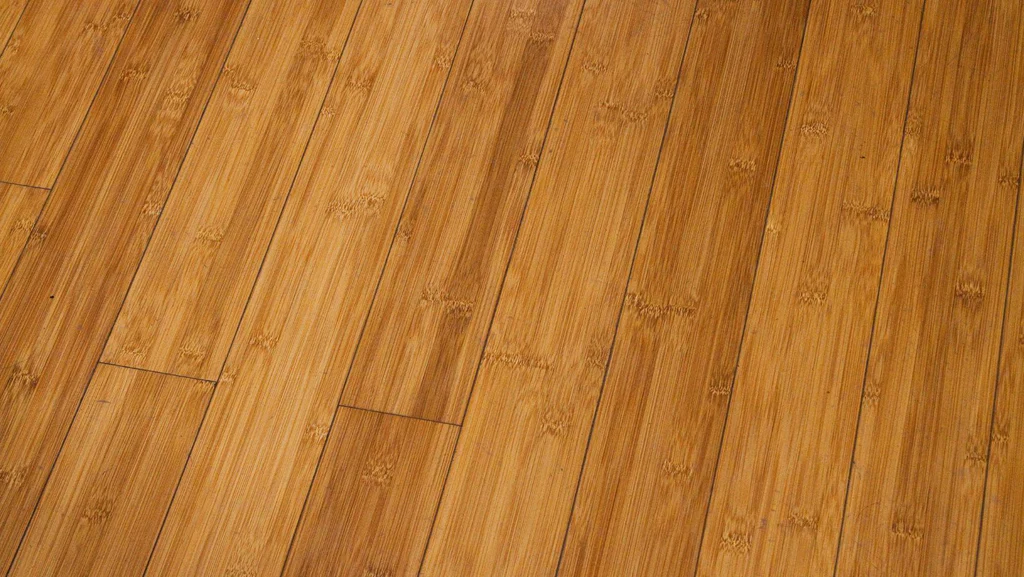The filter plate is an important accessory in the Filter Press. We can directly observe a whole piece of filter plate horizontally placed on the beam of the filter press with our eyes. The function of the filter plate is to attach the filter cloth to make the filter press The filter area increases, and during storage and filtration, solids are produced, thereby forming a filter cake. Let's talk about the relevant knowledge of the filter plate from various aspects, so that we can clearly understand the filter plate.
First, let's introduce the external shape of the filter plate. The shape of the filter plate is that both sides are concave in the middle, and there will be countless blind spots on the bottom surface. So why is it designed in a concave shape? The purpose is that during the filtering process of the filter press, the solids intercepted by the filter cloth can have a storage space. Then the design of the blind spot also has its own secret, which is to increase the friction between the filter plate and the filter cake when storing solids, and effectively support the filter cake. Another purpose is to make the dialysis water have a normal The circulation route is conducive to allowing water to flow out of the equipment quickly and increasing the working efficiency of the equipment. Among them, the large filter plate will also have several bosses with the same thickness as the filter plate. The purpose of this is to allow the pressure to be transmitted to each other well, and also to prevent the space of the filter plate from being able to withstand strong pressure. And broken and damaged. Chamber Filter Plate,Filtration Plate,Feeding from corner filter plate,Filte plate shapo,Filter plate materials Shenzhen Hongfa Environmental Protection Equipment CO., LTD , https://www.hongfafilterpress.com
Again, let's take a look at the material of the filter plate. Filter plates are made of cast iron and polypropylene. We mainly use polypropylene filter plates. Good polypropylene can resist oxidation and high temperature. When we buy again, we should pay attention to the material of polypropylene, which has the same shape, but some polypropylene materials are made of high-grade _ material, which will affect the quality of the filter plate.
Bamboo Flooring: Pros and Cons
If you’re thinking about installing bamboo flooring in your home, you might want to read this first. We’ll cover the advantages and disadvantages of bamboo flooring so you can make a well-informed decision before purchasing it. Bamboo is a fantastic choice for flooring due to its durability, affordability, and eco-friendliness, but there are some factors to consider before making your final decision. Keep reading to learn more!
What exactly is bamboo flooring?
Bamboo flooring is a type of flooring made from the bamboo plant. The bamboo plant belongs to the grass family and is one of the fastest-growing plants in the world. Bamboo flooring first became popular in Asia but has gained traction in Europe and the U.S. in recent years. It’s budget-friendly, stylish, and sustainable, making it an excellent option for those seeking environmentally conscious flooring solutions.

There are different types of bamboo flooring available:
- **Horizontal:** Layers of bamboo strips are pressed together, showing the natural “knuckles†of the bamboo plant, giving it a more rustic appearance.
- **Vertical:** Bamboo strips are placed on their sides and glued together, resulting in a smoother, more uniform look.
- **Woven:** Made by compressing bamboo fibers with resin, this creates a super-durable surface that resembles hardwood but with an exotic touch.
One of the biggest advantages of bamboo flooring is its sustainability. Unlike traditional hardwood, which comes from slow-growing trees like oak or maple, bamboo is categorized as a grass and matures in just five to seven years. This means it can be harvested without harming the root system, making it a renewable resource.
Maintenance is another plus for bamboo flooring. It’s fairly easy to keep clean—regular sweeping and vacuuming should suffice to remove dust and debris. You can also use a mild soap and water solution to keep it looking fresh. It’s particularly beneficial for allergy sufferers, as there’s no place for dust mites or pet hair to accumulate with proper cleaning.
Bamboo flooring also offers a stylish alternative to traditional hardwood. It has a modern, sleek appearance, and you can choose from a variety of colors, styles, grain patterns, finishes, and board sizes to suit your taste.
Another benefit is that bamboo flooring can often be refinished. If your floor gets scratched or discolored over time, you can simply sand it down and apply a new coat of sealant to restore its appearance. However, engineered bamboo flooring typically cannot be refinished.
Durability is another strong point. Bamboo flooring is perfect for high-traffic areas like living rooms, kitchens, and hallways. It naturally resists wear from foot traffic and impacts. Strand-woven bamboo flooring, in particular, uses interlocking grass strands to create a surface that’s up to three times stronger than other bamboo flooring types.
For do-it-yourself enthusiasts, bamboo flooring can be a cost-effective option. Floating bamboo planks use a “click-lock†system that’s straightforward to install and doesn’t require professional assistance. This method allows the floor to expand and contract with changes in humidity.
Additionally, bamboo is naturally pest-resistant. Pesticides are used sparingly during harvesting, and some treatments used on bamboo flooring prevent termites from digesting it.
Despite these advantages, there are some downsides to consider. For instance, bamboo flooring has a relatively uniform grain pattern compared to hardwood, which can feel repetitive or generic to some. Additionally, the natural "knuckles" of the bamboo plant may not appeal to everyone.
Another concern is its susceptibility to water damage. Bamboo is a grass, so it can absorb moisture, leading to swelling, warping, or buckling. This makes it less suitable for areas prone to high humidity, like bathrooms.
Scratches and dents can also occur, especially with cheaper or darker-colored bamboo flooring. Over time, bamboo flooring may also experience discoloration due to fading.
When cleaning bamboo flooring, regular sweeping and occasional mopping are recommended. Sealing the floor isn’t usually necessary. It’s also pet-friendly, as it can withstand pet claws and is stain-resistant. However, if bamboo is installed over a concrete surface, a waterproof underlayment is essential to prevent moisture absorption.
If you're leaning towards bamboo flooring, weigh the pros and cons carefully. Bamboo is a sustainable resource and offers numerous benefits over other flooring materials, making it a smart investment for eco-conscious homeowners. Understanding what to look for in bamboo flooring and comparing it to other options will help you decide if this sustainable product meets your needs. We hope this article has provided you with a solid overview of what to expect if you choose bamboo flooring. Happy shopping!


---
**Additional Tips:**
- Always ensure the subfloor is smooth before installing bamboo flooring.
- Avoid excessive water exposure to prevent damage.
By keeping these points in mind, you’ll be better prepared to enjoy the benefits of bamboo flooring in your home!